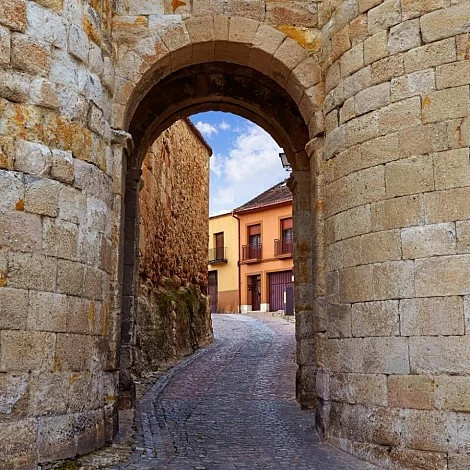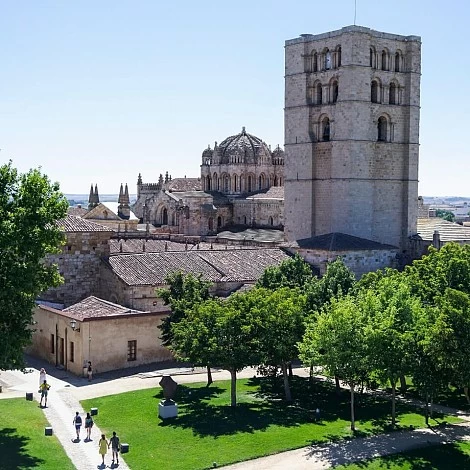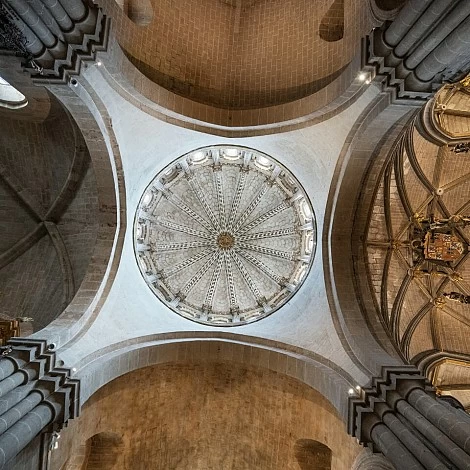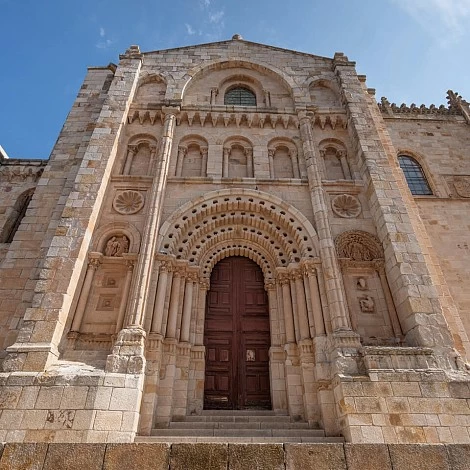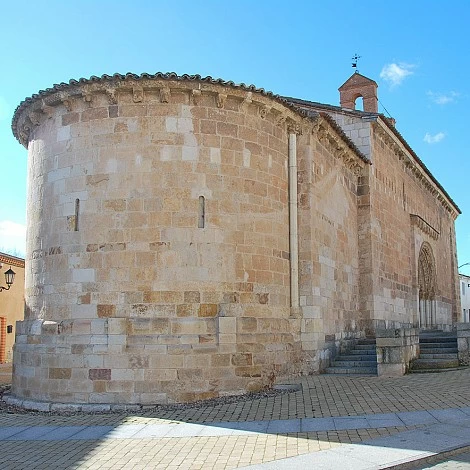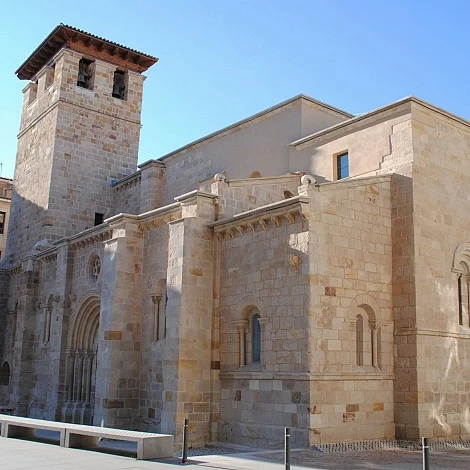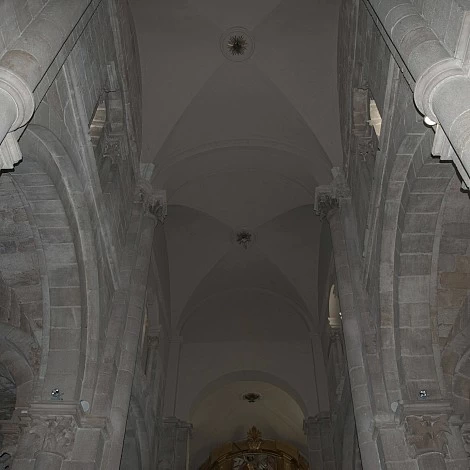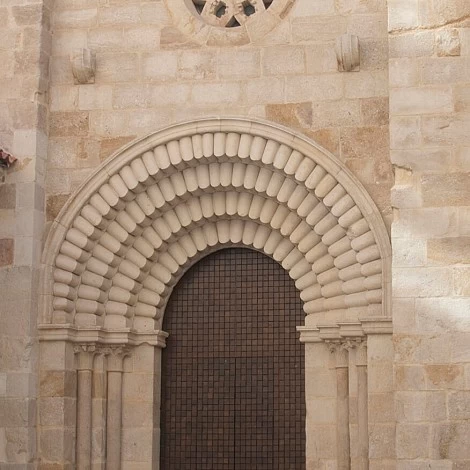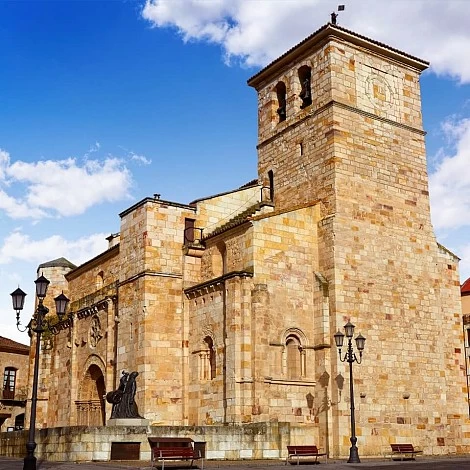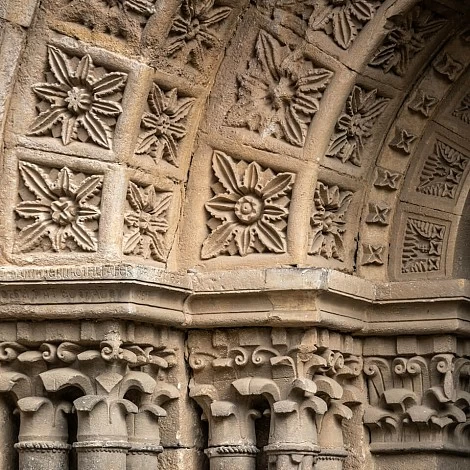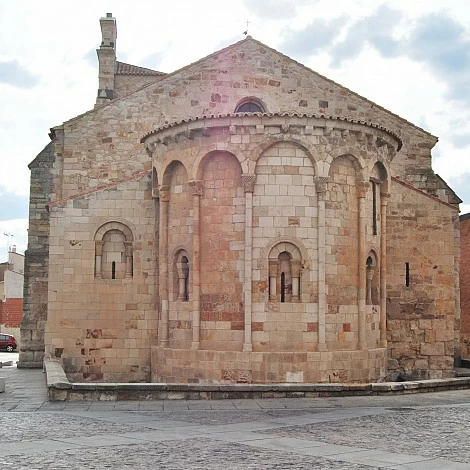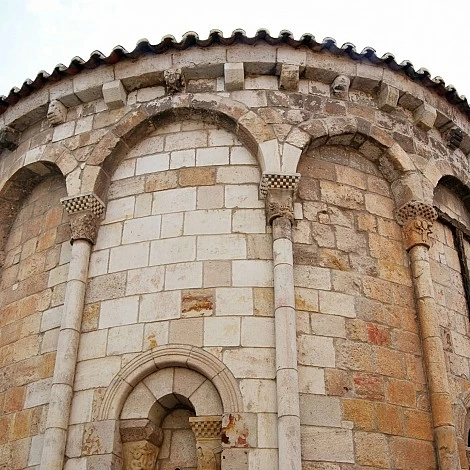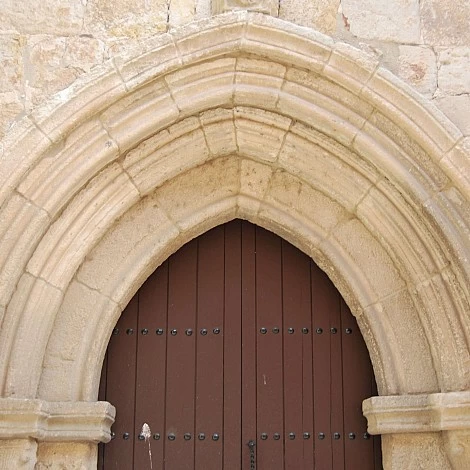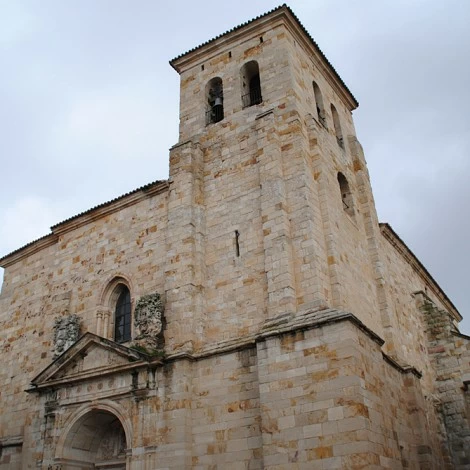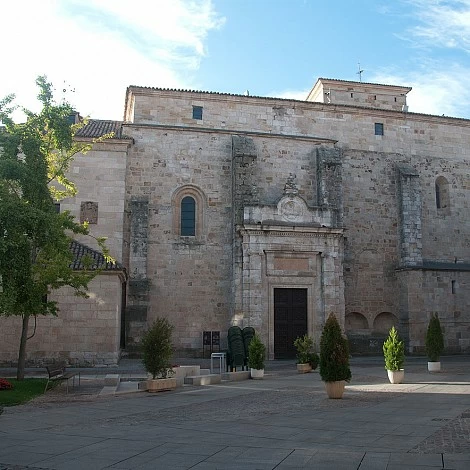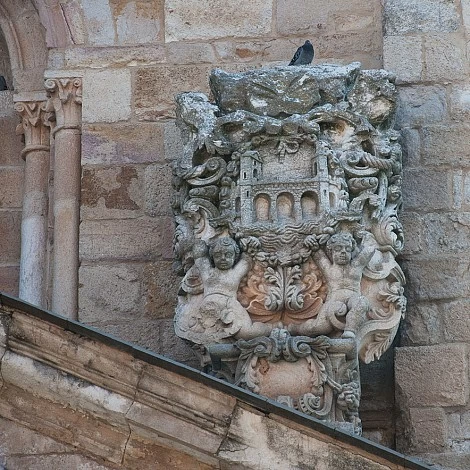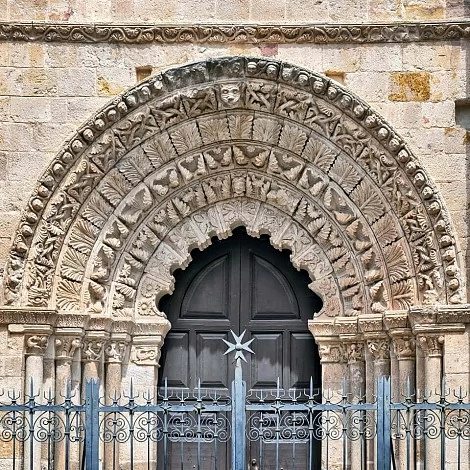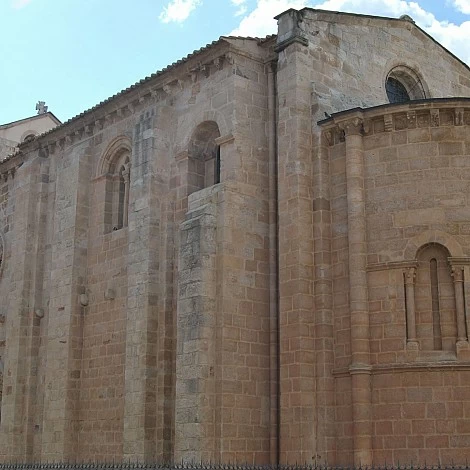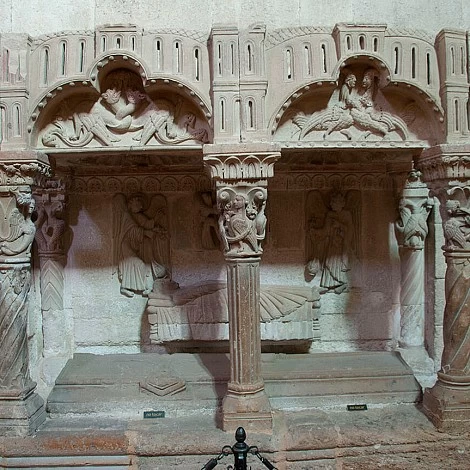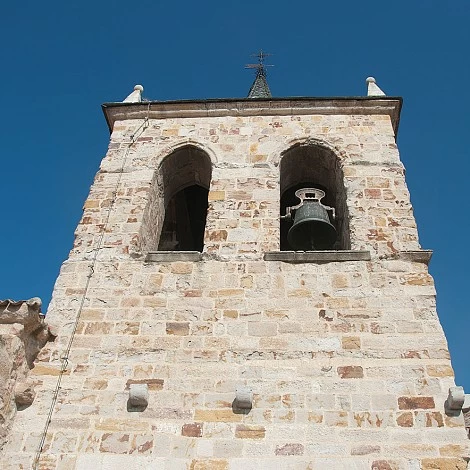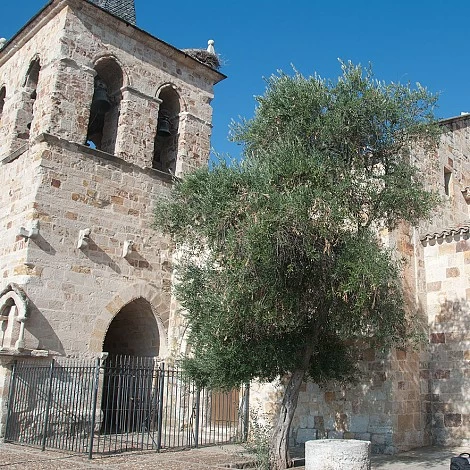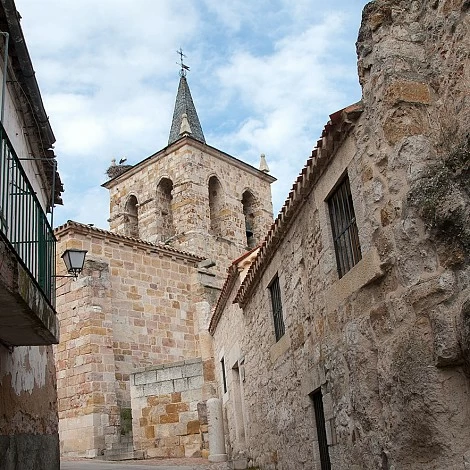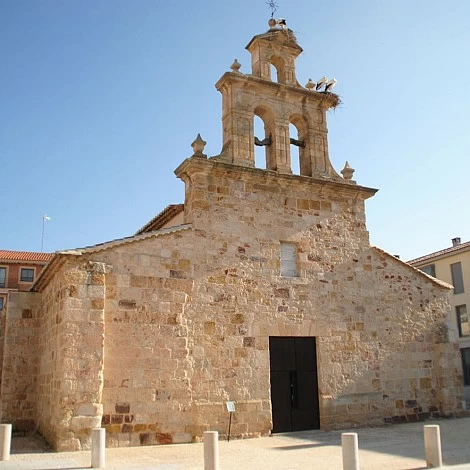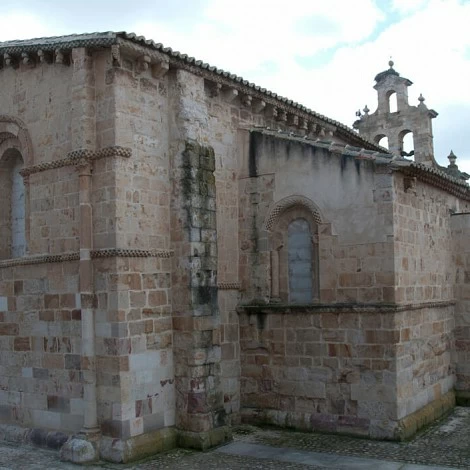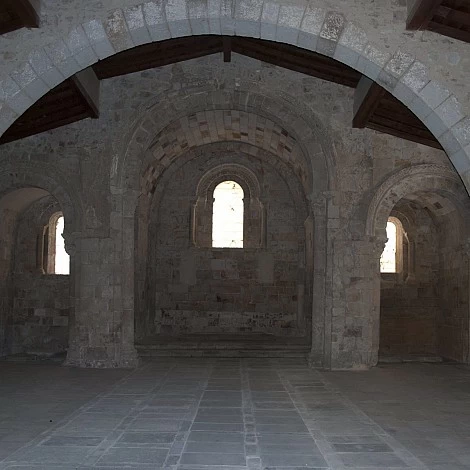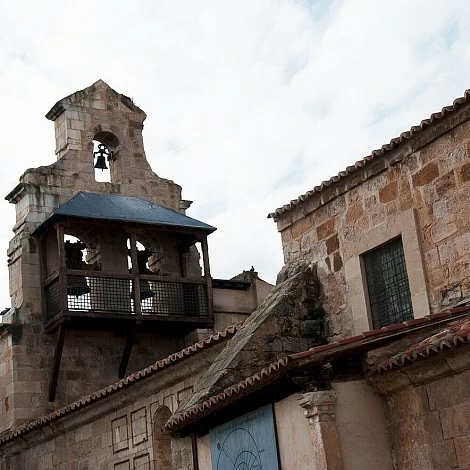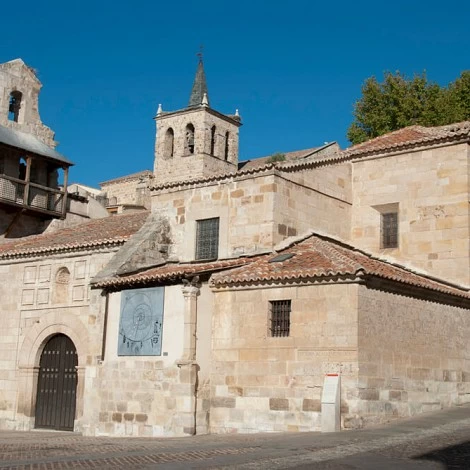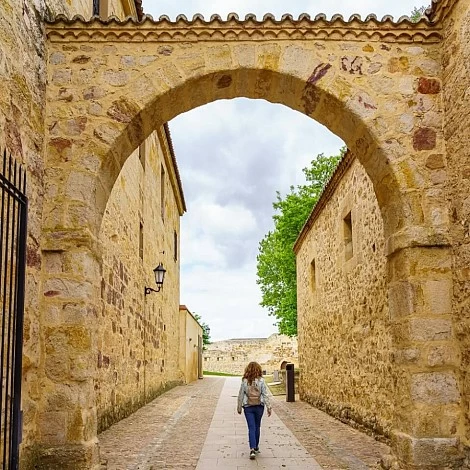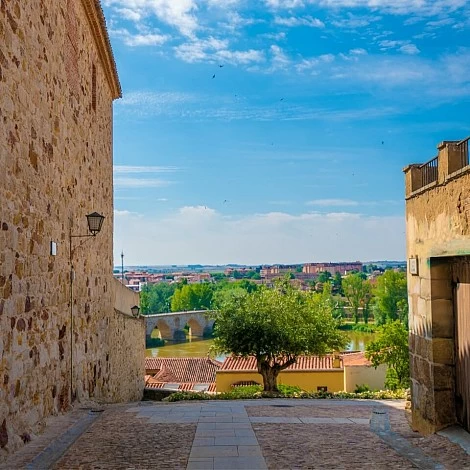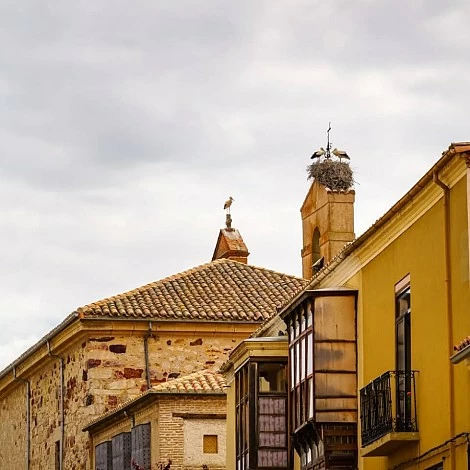Route of the Romanesque churches in Zamora: An architectural journey
Zamora, known as the ‘city of Romanesque architecture’, is a real treasure for art and history lovers.
With more than twenty Romanesque churches scattered throughout its old quarter, strolling through its streets is like stepping back in time, discovering in every corner a medieval jewel that invites contemplation and amazement.
This article guides you through the origins, the architectural gems and a recommended route to discover the best of Romanesque architecture in Zamora. You will discover the essence of Romanesque art in Spain while enjoying an unforgettable journey through the historic heart of the city.
Brief history of Romanesque art in Zamora
Romanesque art arrived in Zamora between the 11th and 13th centuries, driven by its strategic location on the Pilgrim's Way to Santiago de Compostela and its key role during the Reconquest. This architectural style, characterised by the solidity of its walls, simplicity of lines and semicircular arches, flourished in the city thanks to the support of nobles, clerics and pilgrims who travelled through the region.
Zamora became an important political and religious enclave, which encouraged the construction of numerous Romanesque temples. Today, the city preserves more than twenty of these churches, many of which still retain their original features.
This impressive concentration means that Zamora is recognised as the city with the highest density of Romanesque churches in Europe.
Main Romanesque monuments in Zamora
Zamora Cathedral
The jewel of Romanesque architecture in Zamora. Its spectacular scaled dome, visible from many parts of the city, makes it an unmistakable emblem. Built in the 12th century, its interior houses interesting examples of sacred art, particularly the choir and the main altarpiece.
Technical note: It was consecrated in 1174 and combines an austere exterior with an impressive interior.
Church of San Claudio de Olivares
One of the oldest churches in the city, located in the Olivares district, just a few steps from the Duero. Its simple but robust structure reflects the austere character of the early Romanesque style. The south doorway stands out for its geometric decoration and its carefully cared-for masonry.
Technical note: it preserves its original structure with a single nave and semicircular apse.
Church of Santiago del Burgo
Located in the centre of the town, in Calle Santa Clara. This church preserves its Romanesque character almost intact. Its three naves and pointed arches show the evolution towards Gothic. The bell tower, imposing and austere, marks the urban profile.
Technical note: Its south doorway is one of the best examples of urban Romanesque architecture in Zamora.
Church of San Juan de Puerta Nueva
Located in the Plaza Mayor, its characteristic western façade is one of the most photographed elements. It houses a beautiful image of the Virgen de la Soledad, considered the mother of all Zamorans and highly venerated during Holy Week in Zamora.
Technical note: It was partially rebuilt, but retains its magnificent doorway and rose window.
Church of Santa María la Nueva
Famous for the event of the "Trout Mutiny" in the 12th century, it combines Romanesque and Mudejar elements. Its main doorway is of great sculptural beauty. Its interior has interesting sculptural details typical of the Romanesque style of Zamora.
Technical note: its semicircular apse and a splendid south doorway have been preserved.
Church of San Ildefonso
It stands out for its sober façade and its basilica floor plan with three naves. It is said that the remains of San Atilano, patron saint of Zamora, are kept here.
Technical note: its western façade and its Romanesque-based tower conserve original elements of great architectural value.
Church of Santa María Magdalena
One of the most beautiful Romanesque churches in the city, with Gothic influences in its structure. The rose window and the south doorway are particularly striking.
Technical note: Inside is the tomb of an unknown lady, a jewel of Romanesque funerary art.
Church of San Cipriano
Small but charming, its western façade is simply but harmoniously decorated. It is a clear example of the purest Romanesque in the city, preserving a secluded and authentic atmosphere.
Technical note: One of the least known, but with a beautifully decorated apse.
Church of Santo Tomé
Of medieval origin, its semicircular apse and the robustness of its construction stand out. Although it has undergone alterations, it maintains its Romanesque essence.
Technical note: it is notable for its doorway decorated with archivolts and sculpted figures.
Church of Santa Lucía
Located near the Cathedral, its compact structure and the details on the façade reflect the transition towards the late Romanesque style.
Technical note: Home to the Museum of Zamora. Its façade is sober but elegant, and the interior has been adapted for museum functions while preserving its historical value.
Recommended route to visit the Romanesque in Zamora
Starting from the Apartamentos Zamora Suites, located in a central location, this circular route on foot will allow you to discover the main monuments of the Romanesque in Zamora:
- Church of Santiago del Burgo - A few metres from the accommodation. Perfect to start the tour with a sober and elegant example of urban Romanesque architecture.
- Church of San Juan de Puerta Nueva - In the Plaza Mayor, one of the most photographed for its façade and rose window.
- Church of Santa María la Nueva - Continue towards Calle Reina. It combines Romanesque and Mudejar elements.
- Church of Santa Lucía - Today the site of the Museum of Zamora, an ideal stop if you want to complement a cultural visit.
- Church of San Cipriano - Very close to the previous one, a hidden gem with an intimate character.
- Church of Santa María Magdalena - Ideal for a break in the walk and to enjoy its sculptural details.
- Church of San Ildefonso - Ascending towards the monumental centre, with a strong Romanesque presence in its tower.
- Cathedral of Zamora - Head along the Rúa to reach the heart of Zamora's Romanesque architecture.
- Church of San Claudio de Olivares - Finish the tour by descending to the Olivares neighbourhood, next to the Duero.
- Church of Santo Tomé - A small detour to the east allows you to enjoy its decorated façade. From San Claudio de Olivares to Santo Tomé you will enjoy spectacular views of the Duero and the wall of Zamora, and of course, the Stone Bridge.
Here I show you the circular route. This route is accessible, allows adaptations according to the time available and offers a total immersion in the medieval legacy of the city.
Visitor tips
- Pre-planning: Check the opening times of each church, as some churches may be closed during certain times of the day or on public holidays.
- Guided tours: available from the Tourist Office or by arranging a tour guide with Zamora Suites as they offer a complete experience, including historical details and local anecdotes.
- Equipment: Comfortable shoes, many streets are not cobbled.
- Useful apps: Download apps like ‘Zamora de Cerca’ to get to know each monument in detail.
Nearby recommendations
- Restaurants: try the typical Zamora tapas in Calle de Los Herreros or in the ‘pinchos’ area. Any Zamora local will help you get to these places!
- Accommodation: choose a centrally located accommodation such as Zamora Suites Central. Its flats are just a few minutes away from the main Romanesque temples and offer all the comfort you need to recover your energy.
- Complement your visit: You can visit the Easter Museum, the Ethnographic Museum of Castilla y León, the Mercado de Abastos, the castle of Zamora or simply get lost among the beautiful narrow streets of the Old Town, you will discover wonderful corners.
Summary
Zamora is an open-air Romanesque museum. Its well-preserved and accessible heritage turns every walk into a journey into the medieval past. If you are looking for an authentic cultural getaway, the Romanesque in Zamora is an experience you will not forget.
Did you like this route? Discover more historical itineraries and proposals in our blog, get ready to feel history under your feet!

